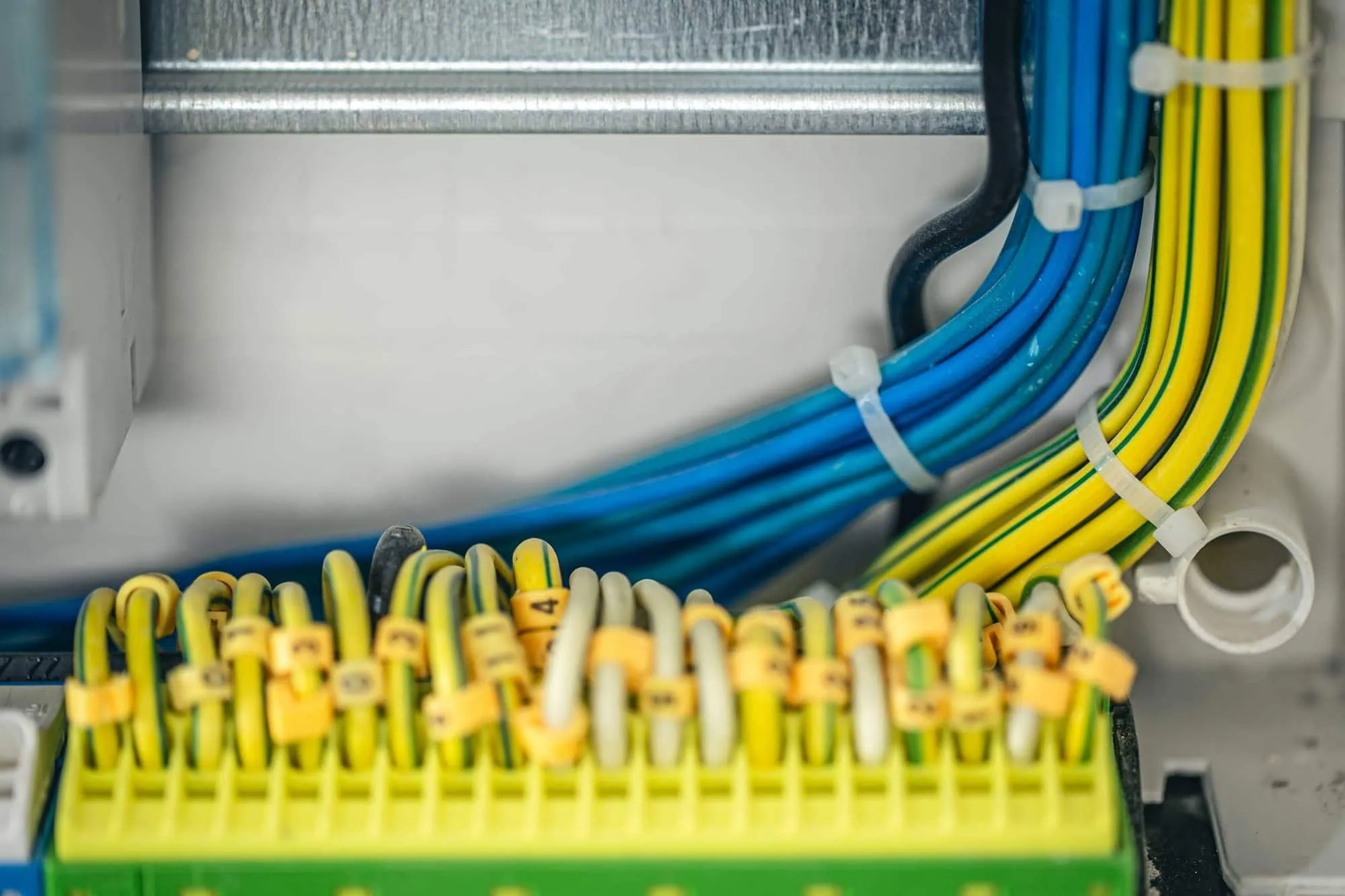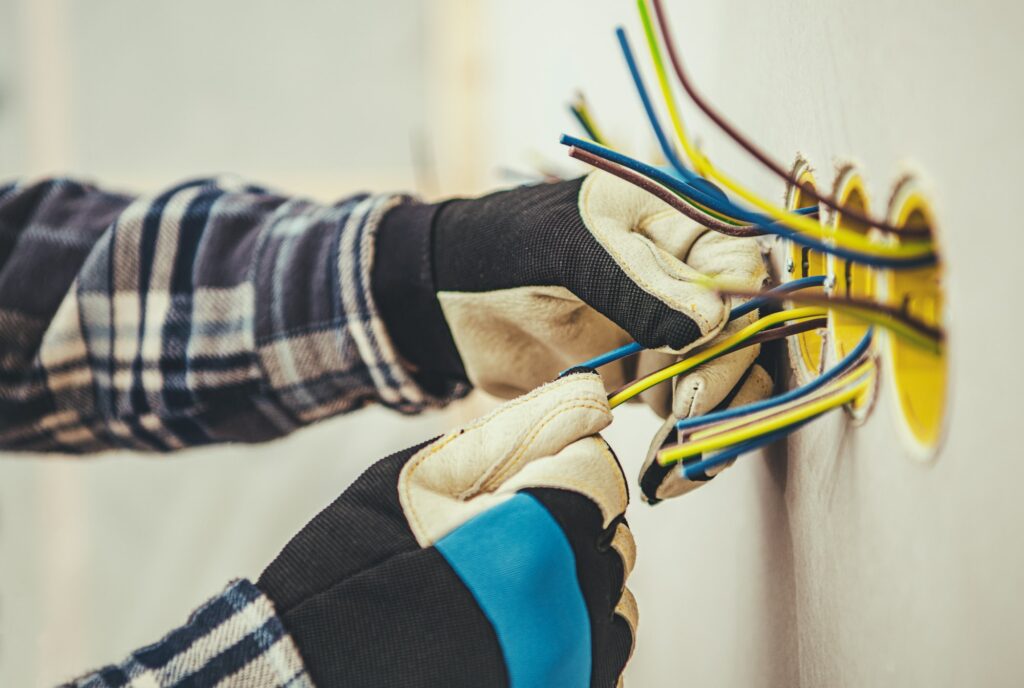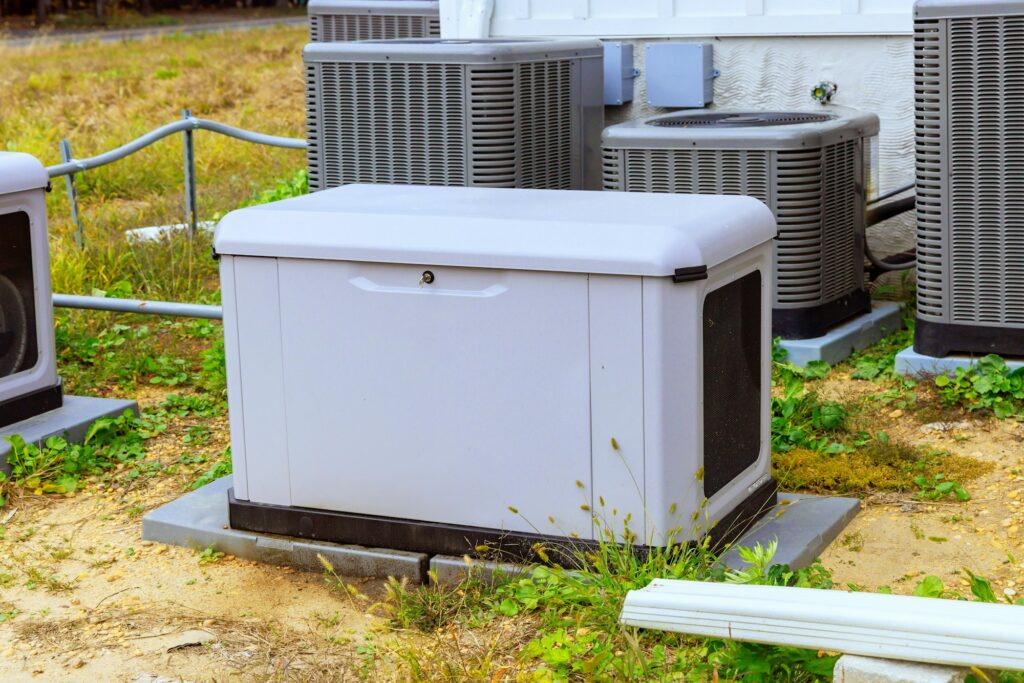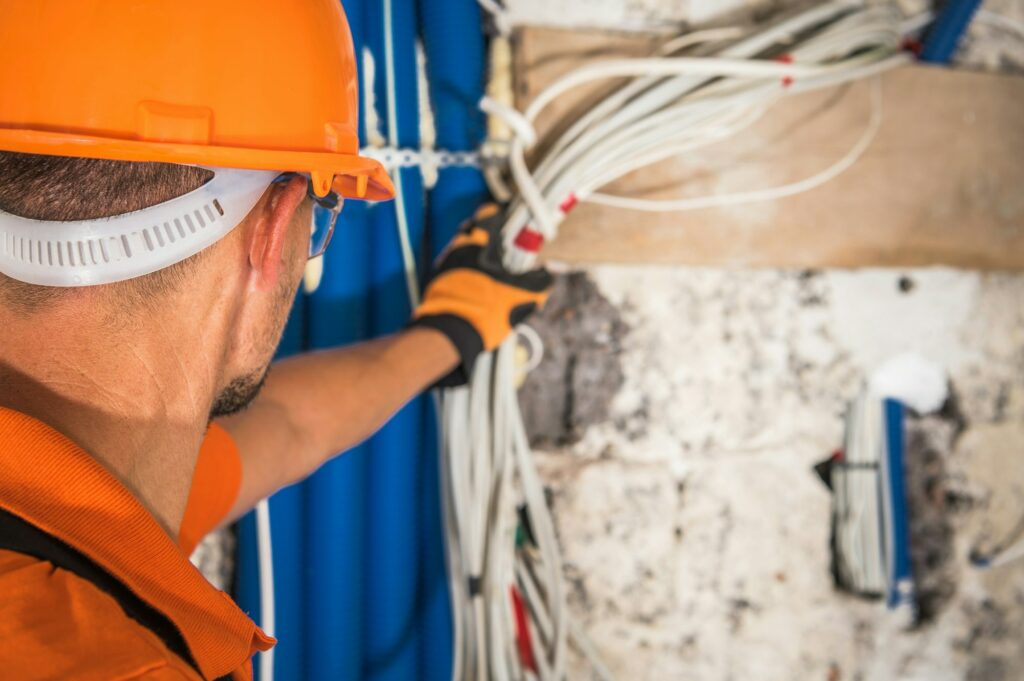The Essential Guide to Circuit Breaker Installation
Installing a circuit breaker is a critical task that ensures electrical safety in both residential and commercial properties. Whether you’re a DIY enthusiast looking to undertake a new project, or simply curious about the process, this guide will walk you through the essentials of circuit breaker installation, including safety tips, tools needed, and step-by-step instructions.
Why Install a New Circuit Breaker?
Circuit breakers are designed to protect your electrical circuits from damage caused by overload or short circuits. If you’re adding new appliances or fixtures that require more power, upgrading your panel, or replacing a faulty breaker, installing a new circuit breaker can help manage and distribute electrical load safely.
Safety First
Before beginning the installation, it’s crucial to prioritize safety:
Turn Off the Power: Always turn off the main power at the breaker panel to avoid any electrical hazards. Use a voltage tester to ensure that no power is present in the panel.
Use Insulated Tools: Only use tools with insulated handles to prevent any accidental shocks.
Wear Protective Gear: Safety goggles and gloves are a must when dealing with electrical components.
Tools and Materials Needed
To install a circuit breaker, you will need the following tools and materials:
- New circuit breaker
- Voltage tester
- Screwdriver
- Wire strippers
- Needle nose pliers
- Flashlight
- Safety goggles and gloves
Step-by-Step Installation Guide
Step 1: Preparation
- Confirm that the new breaker matches the type and amperage rating of the breaker it replaces or corresponds to the requirements of the new circuit.
- Prepare the panel by removing the panel cover, which will expose the breakers. Securely place the cover away from the work area.
Step 2: Install the Circuit Breaker
- Attach the circuit breaker to the panel by aligning it with the existing slots in the panel. Most breakers are designed to snap in place.
- Once the breaker is securely attached, connect the circuit wire to the breaker’s terminal using the screwdriver. Ensure the wire is firmly attached.
Step 3: Re-energize the Panel
- Before replacing the panel cover, double-check all connections for correctness and tightness.
- Replace the panel cover and turn on the main power.
- Turn on the new breaker and test the connected circuit for functionality.
Testing and Troubleshooting
After installing the new breaker:
- Test the circuit using a voltage tester or by operating the devices connected to the circuit.
- If the breaker trips immediately after turning on, this may indicate a problem with the installation or an issue with the connected circuit.
When to Call a Professional
While many enthusiastic DIYers can handle installing a circuit breaker, it’s important to recognize the limits of your skills and tools. If you’re unsure about the wiring or compatibility of your breaker, or if the installation involves major changes to the electrical panel, consider hiring a licensed electrician. This ensures compliance with local electrical codes and safety standards.
Your Next Step with Ohms Electric
Ready to enhance your home’s electrical safety and efficiency? Contact Ohms Electric today. Our experienced electricians can provide personalized advice tailored to your home’s unique needs and carry out any necessary installations or repairs.
When you choose Ohms Electric for Circuit Breaker Installation, you’re not just getting a service – you’re getting peace of mind, knowing that your home’s electrical systems are in the hands of qualified professionals.
Contact us today to schedule a service appointment or discuss your electrical needs. At Ohms Electric, we’re lighting the way to a safer, more energy-efficient future for homes across Northern Nevada.




